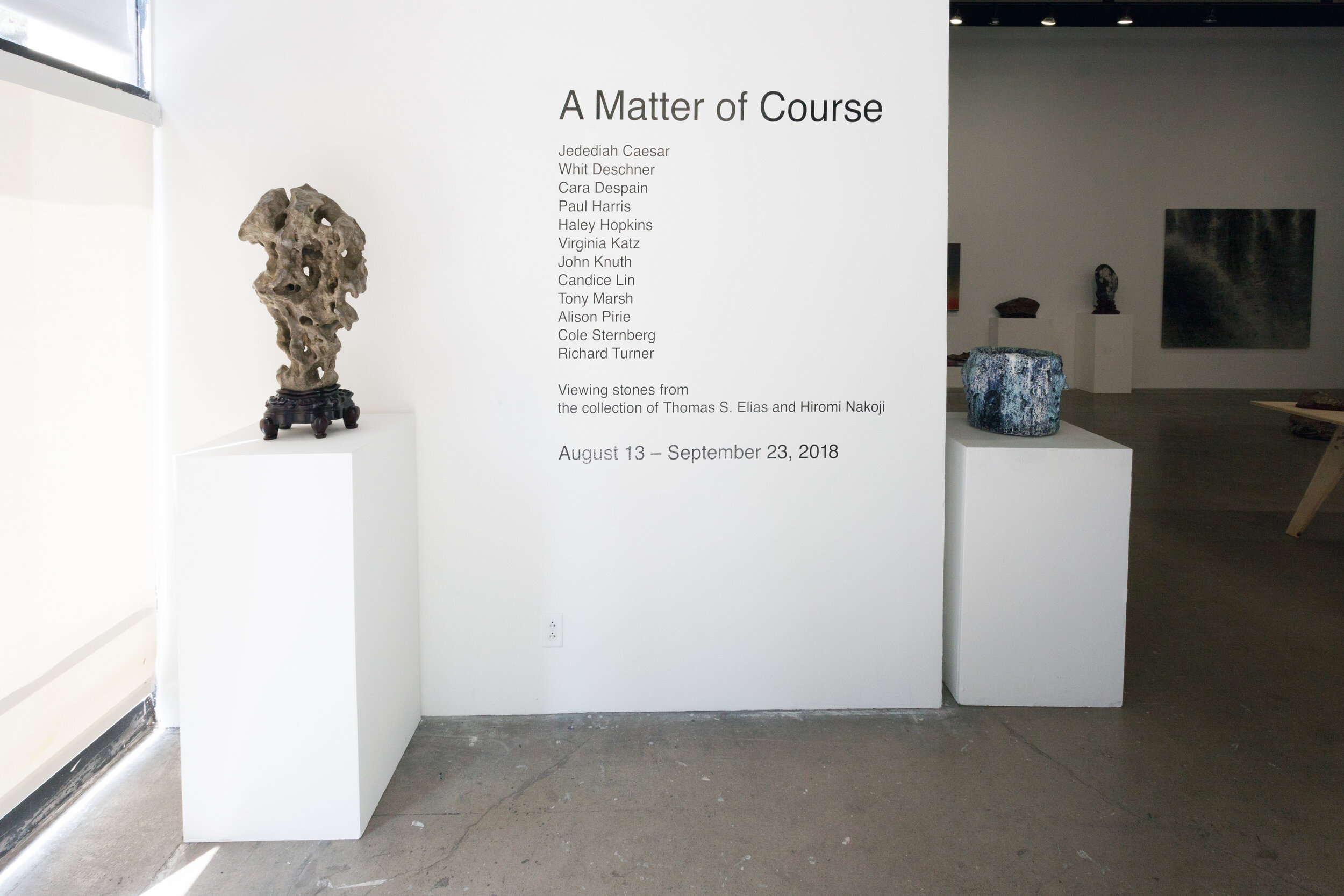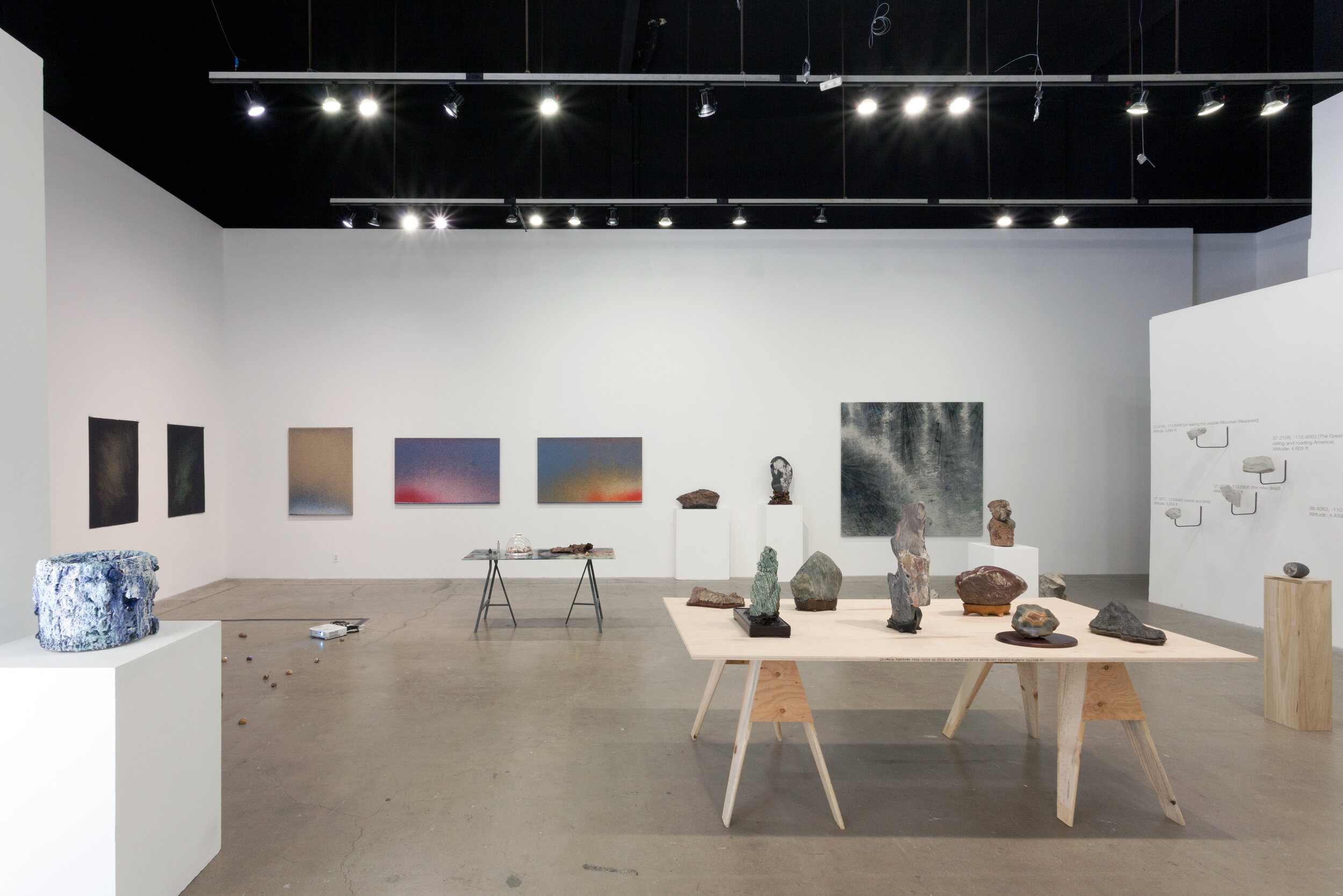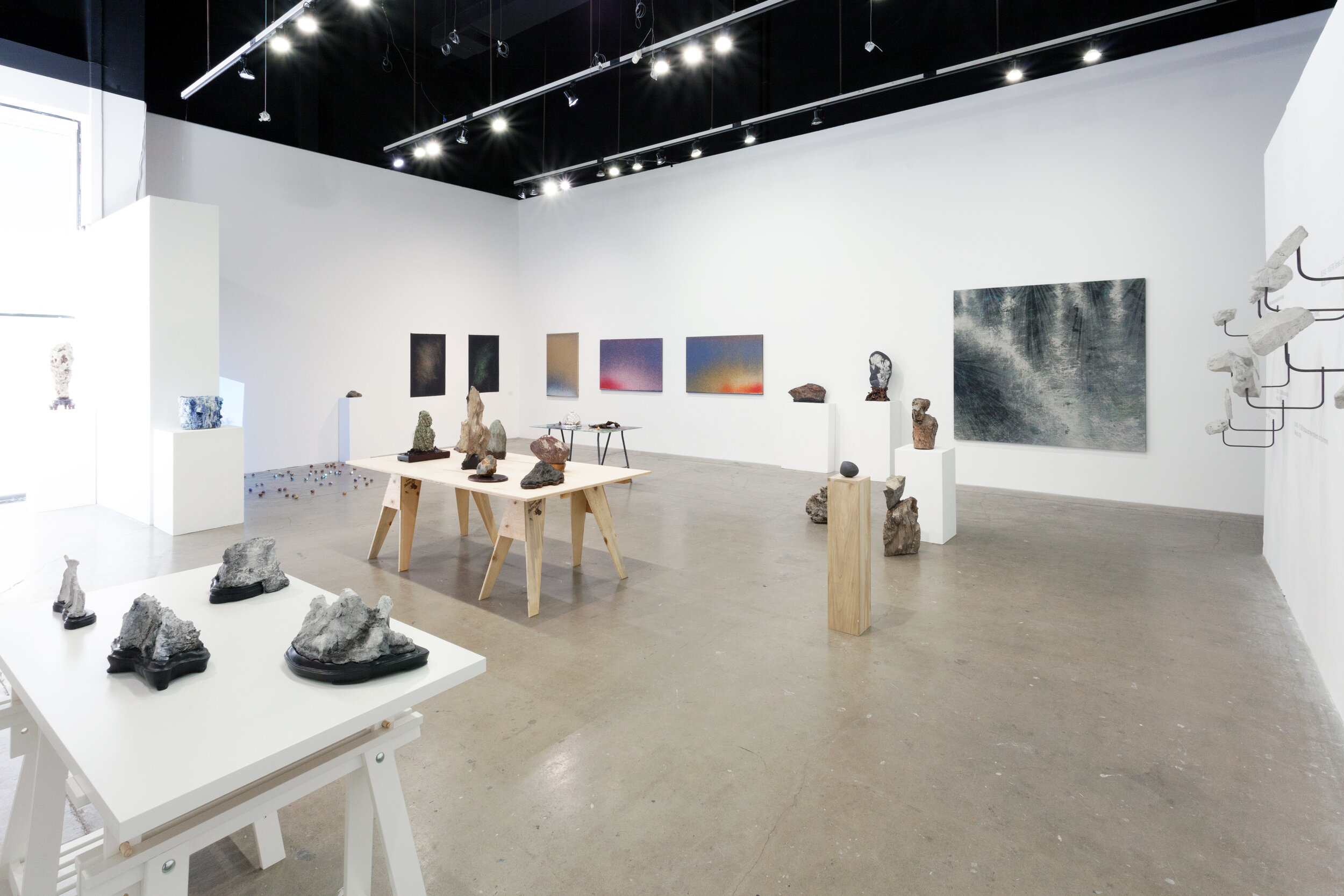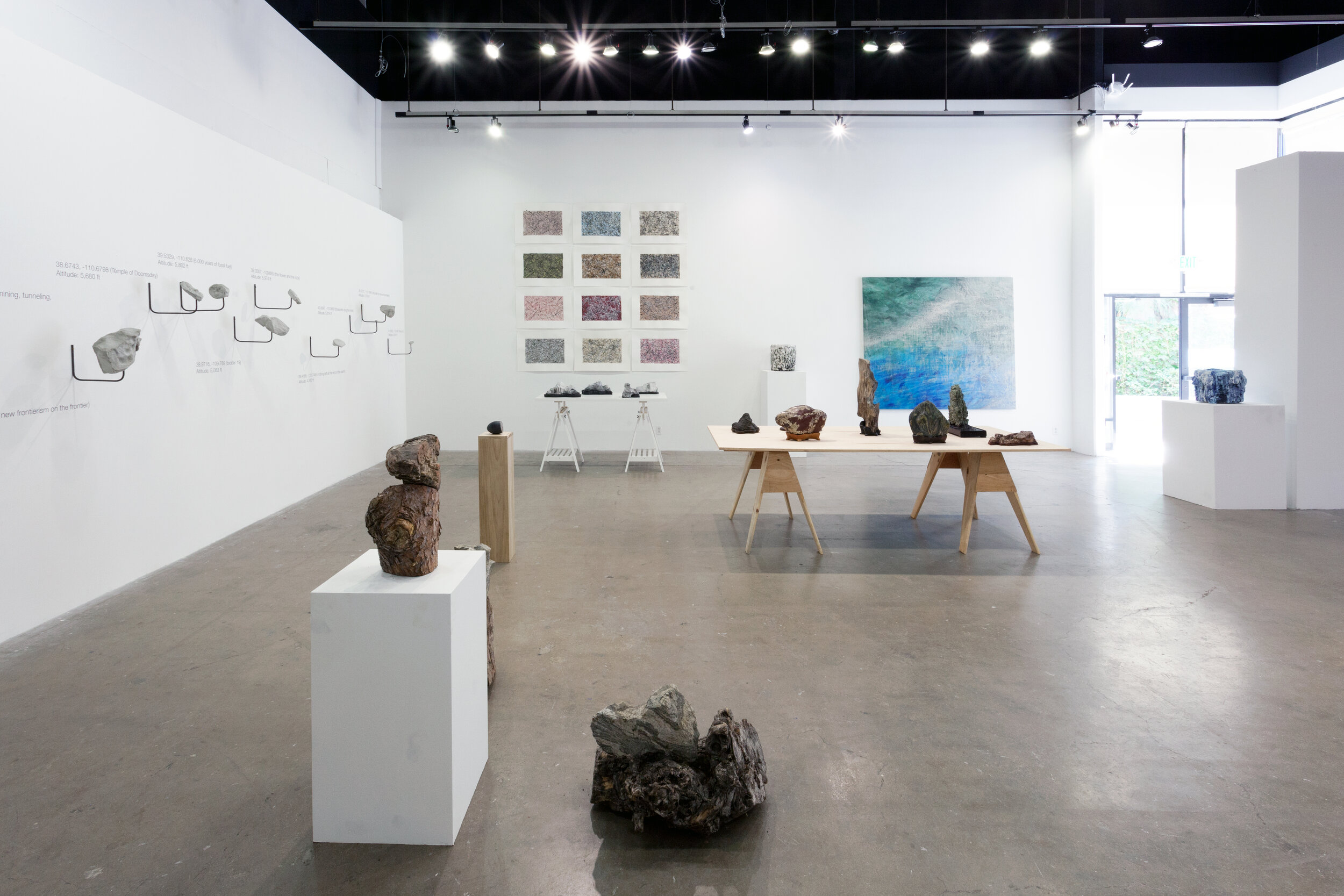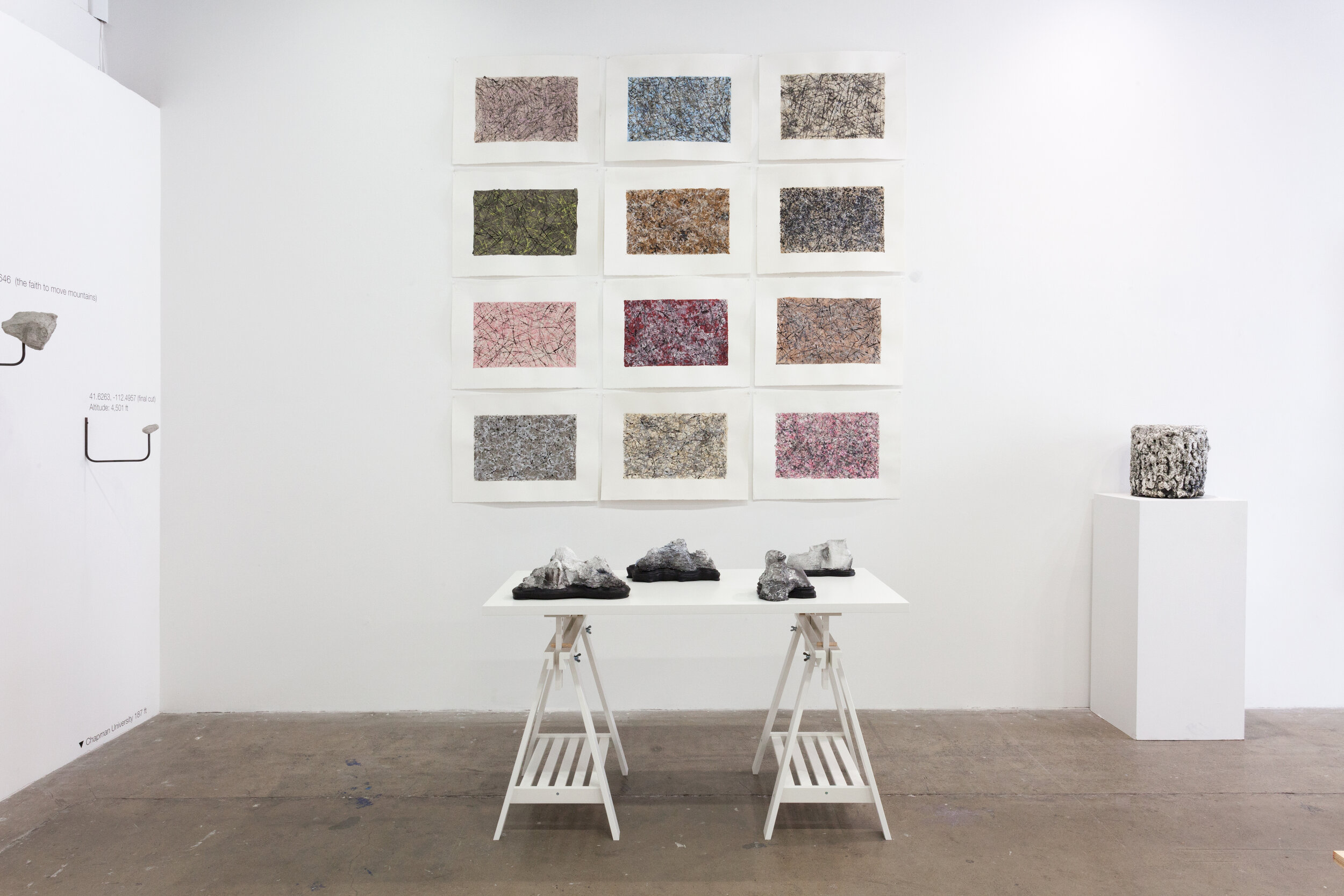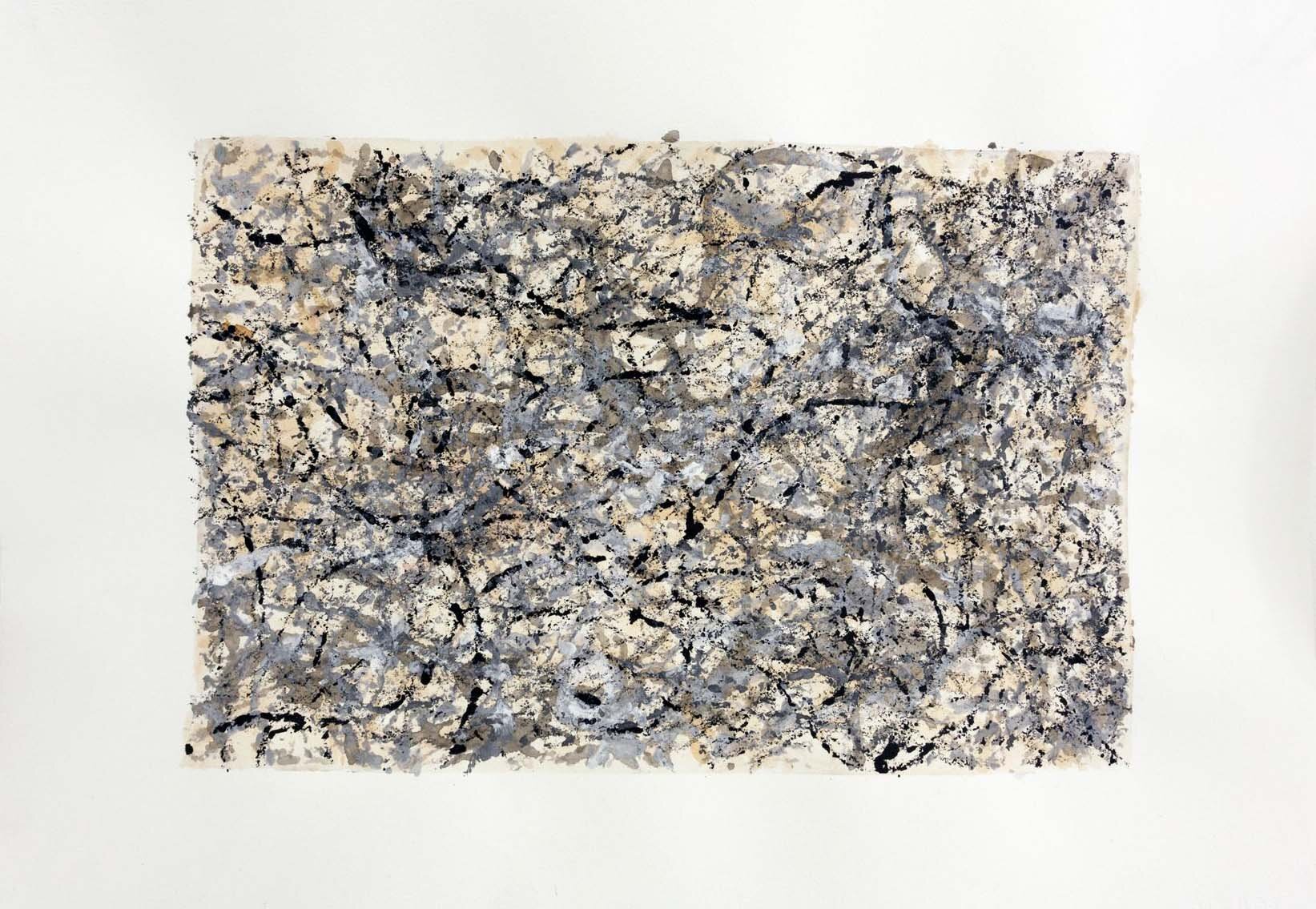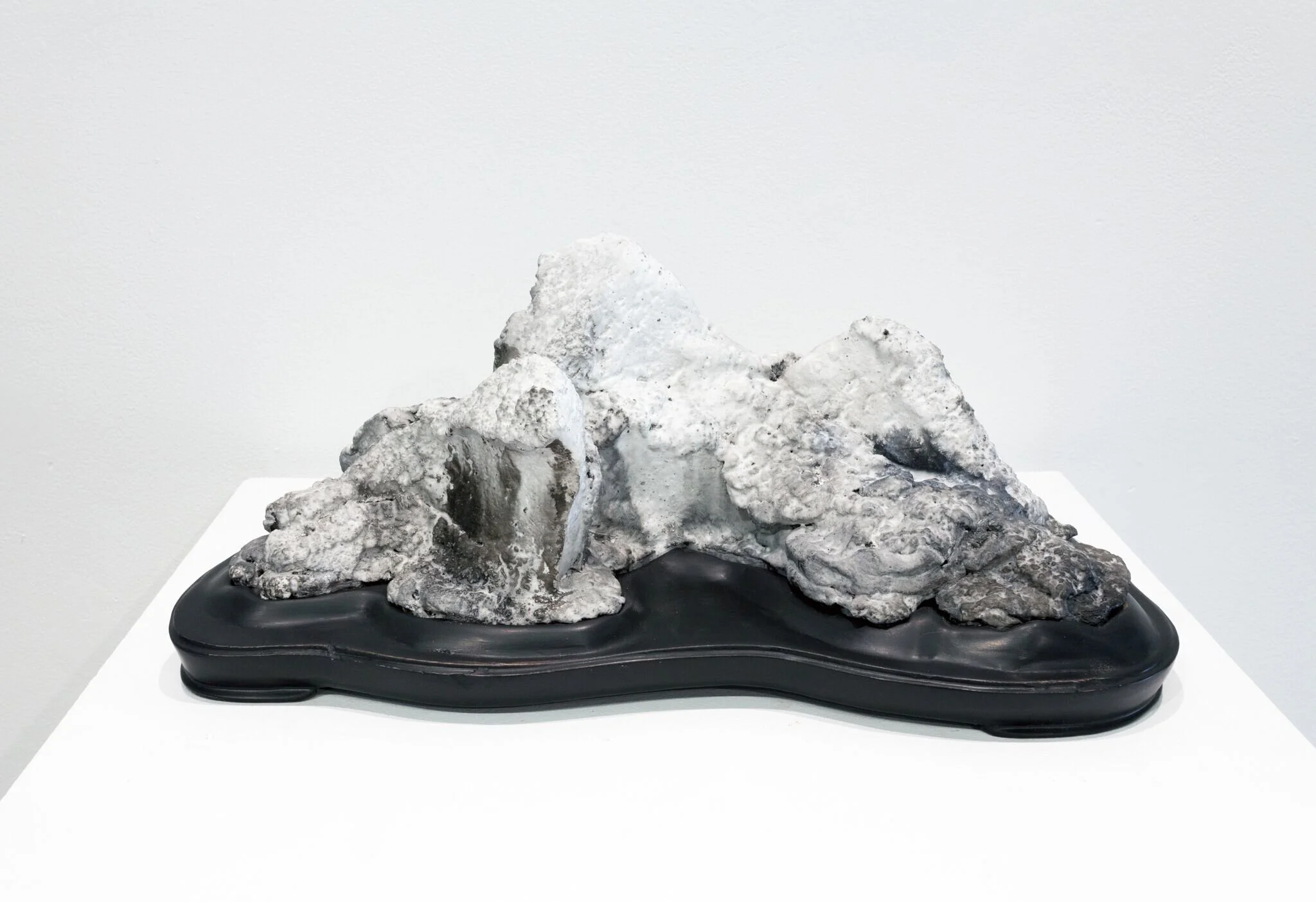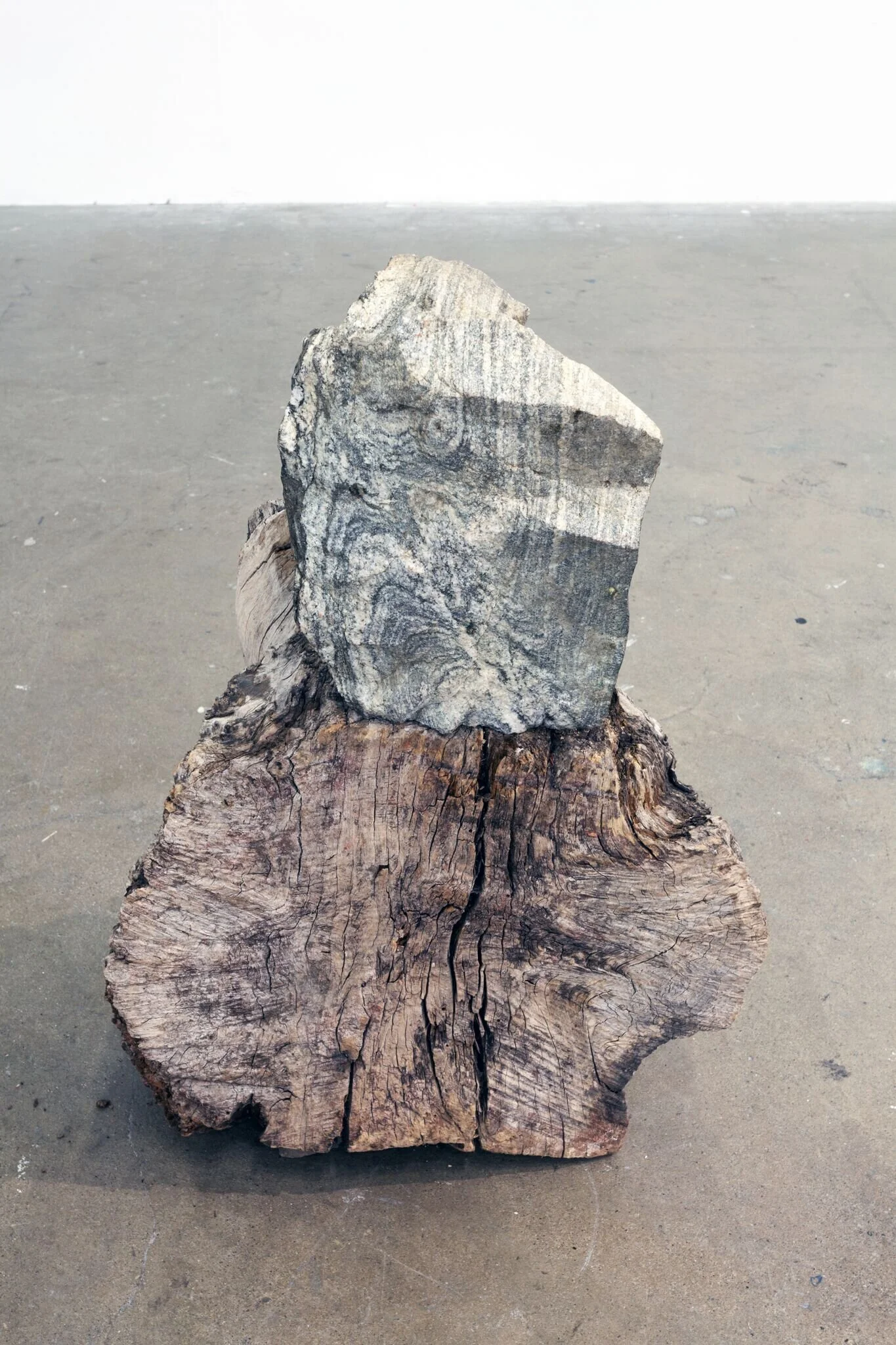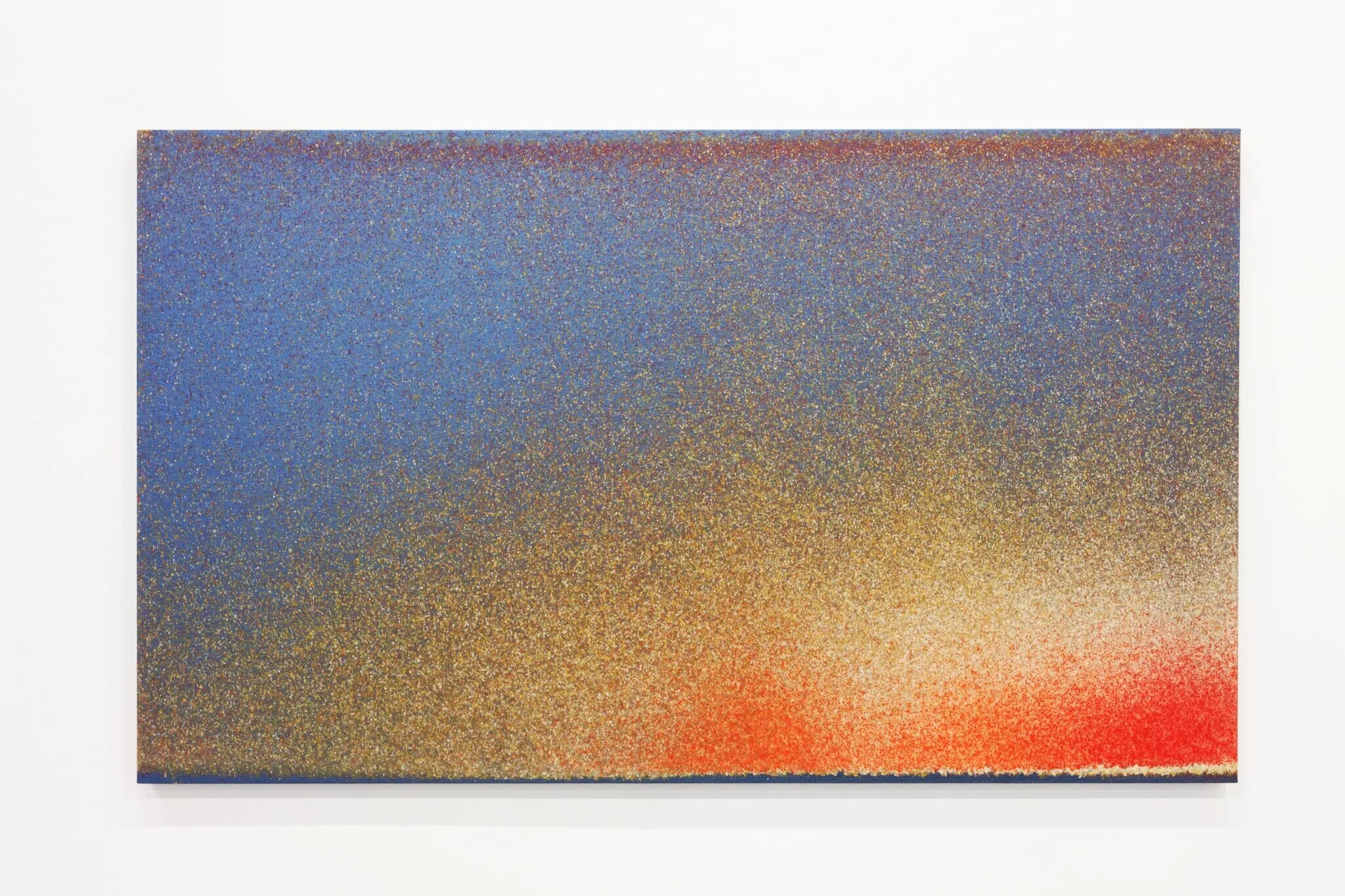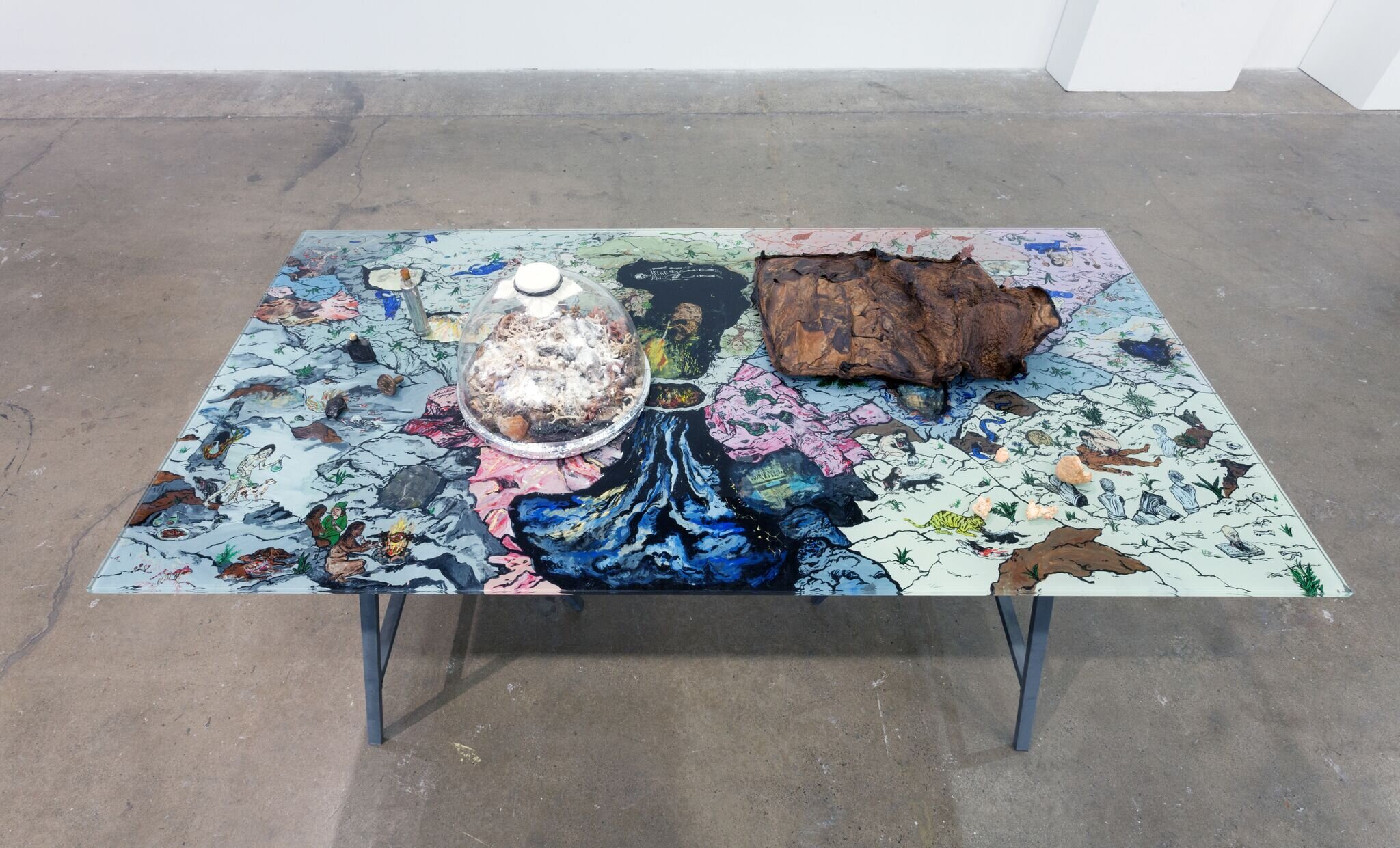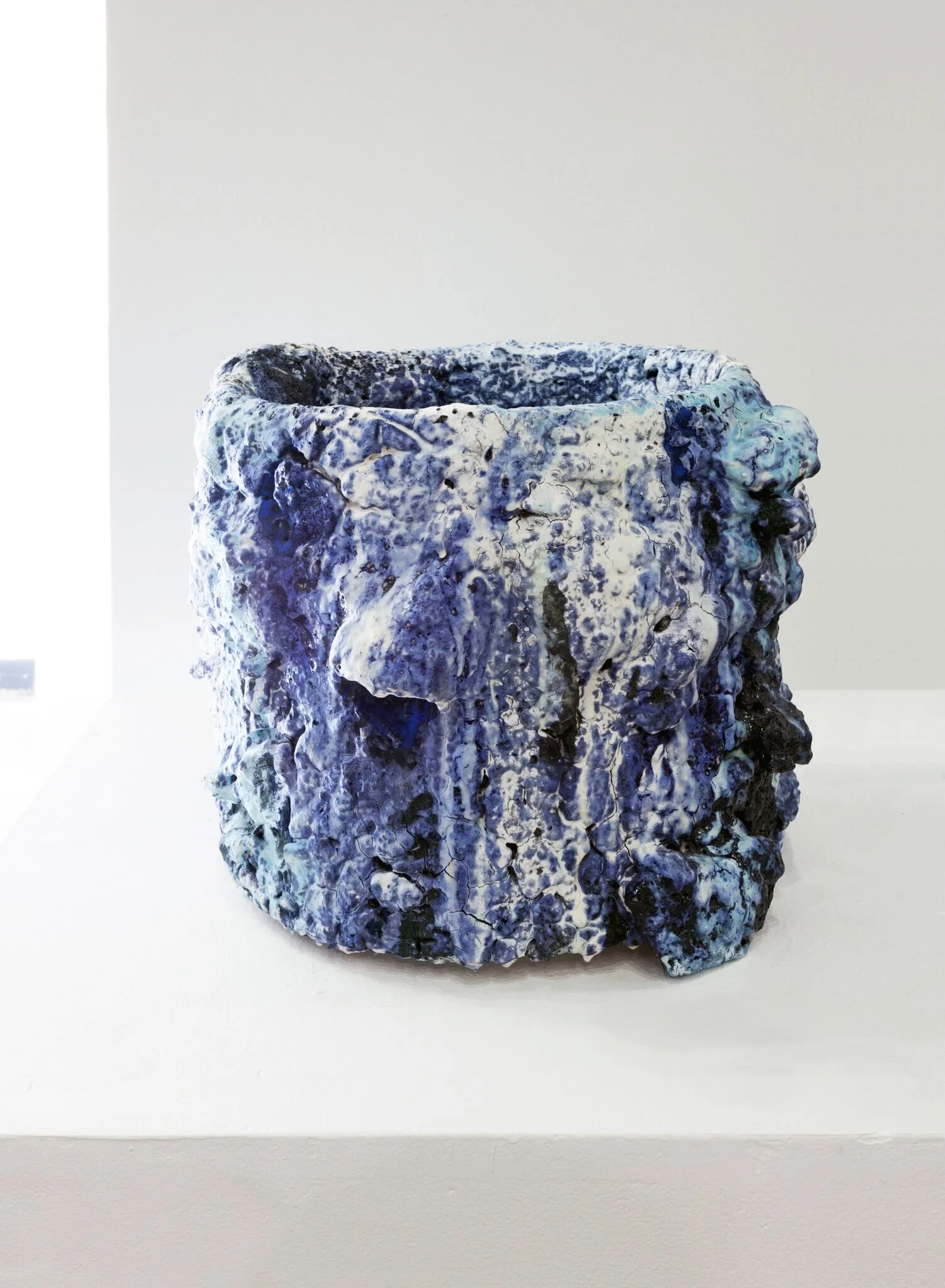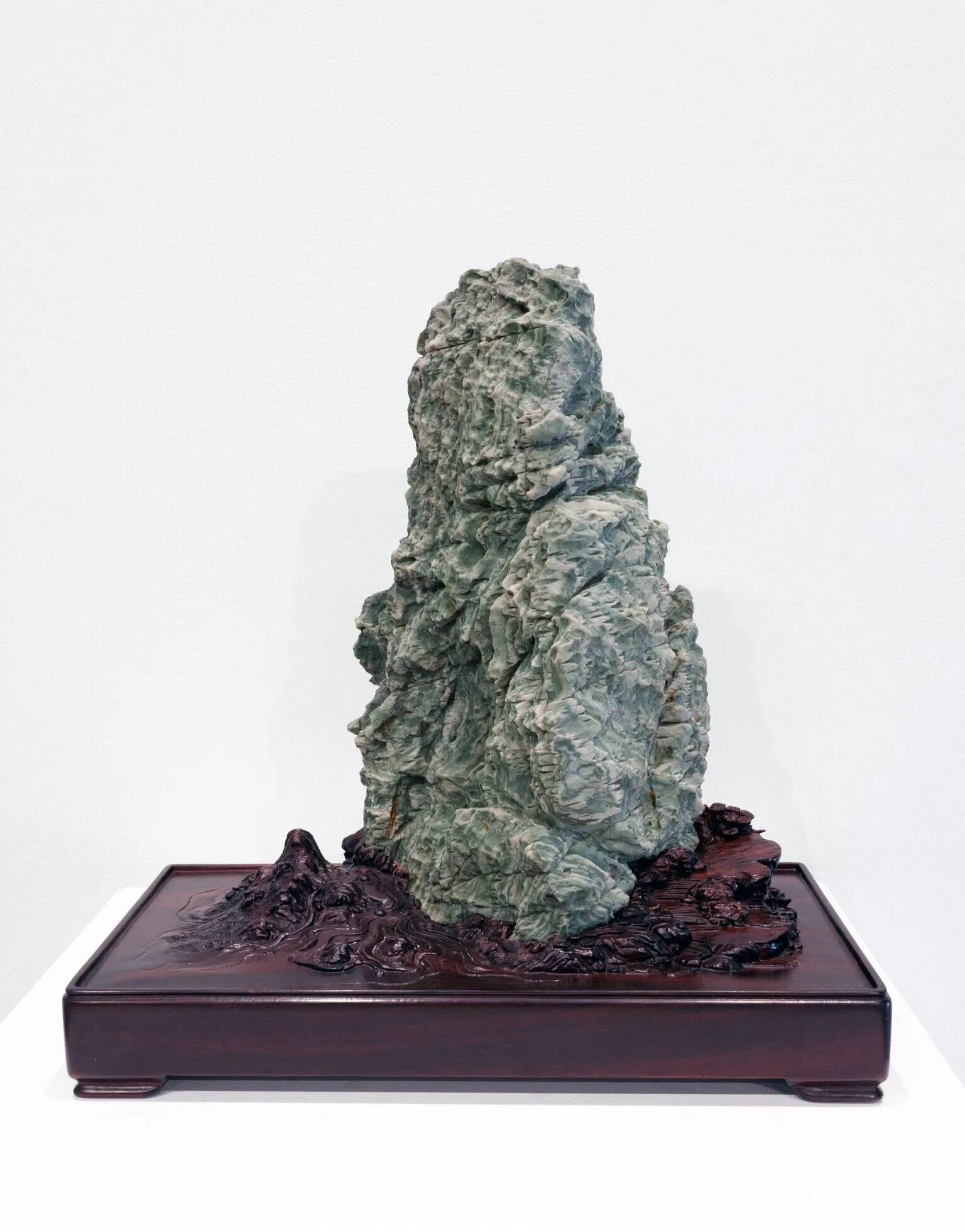A Matter of Course
August 13 – September 23, 2018
Co-curated by Richard Turner & Marcus Herse
A Matter of Course pairs viewing stones with works of fine art. Viewing stones is an umbrella term for stones that are collected and displayed for aesthetic purposes. Chinese stones are commonly called scholars’ rocks. Japanese stones are known as Suiseki. The viewing stones in this exhibition, which are from the collection of Thomas S. Elias and Hiromi Nakoji, are representative of the various forces that have shaped them – water, wind, heat, pressure, and human hands.
The artworks in the exhibition are by artists whose creative process shares agency with the non-human forces of the natural world in one way or another. They interrogate the arguable distinction between humankind and the ecosystems in which we co-exist.
Oregon rancher Whit Deschner is represented by a salt lick shaped by the tongues of his neighbors’ cattle. John Knuth uses 45,000 houseflies which he feeds a mixture of sugar water and acrylic paint, to produce his neo-pointillistic paintings. Cole Sternberg engages the power of the waves to scrub his canvasses as he drags them through the water behind a power boat. Virginia Katz collaborates with the wind to generate the dense linear meshes that comprise her drawings. Tony Marsh’s ceramic vessels are the result of the unpredictable alchemy of the kiln, which Marsh embraces wholeheartedly rather than trying to control its results.
Richard Turner’s drawings, which he produces by rolling ink and paint-covered river rocks back and forth hundreds of times over cold-press paper, oscillate between human and non-human agency. Candice Lin’s Putrefaction installation includes live koji mold as part of her rumination on the decay of the human body. Paul Harris’ sculptures pair stone and tree stumps in intimate embrace. Cara Despain’s concrete casts of rocks invite us to travel to the Utah desert to experience the stones in situ. Jedediah Caesar’s piece appears to be a mineral specimen but in fact is a sculpture fashioned from resin, stones and an emu egg. Haley Hopkins’ and Alison Piries’ collaborative video installation presents the hypnotic movements of snails and contrasts it to our own motions in space. A catalogue with essays by Richard Turner, Thomas S. Elias and Kylie White accompanies the exhibition.
